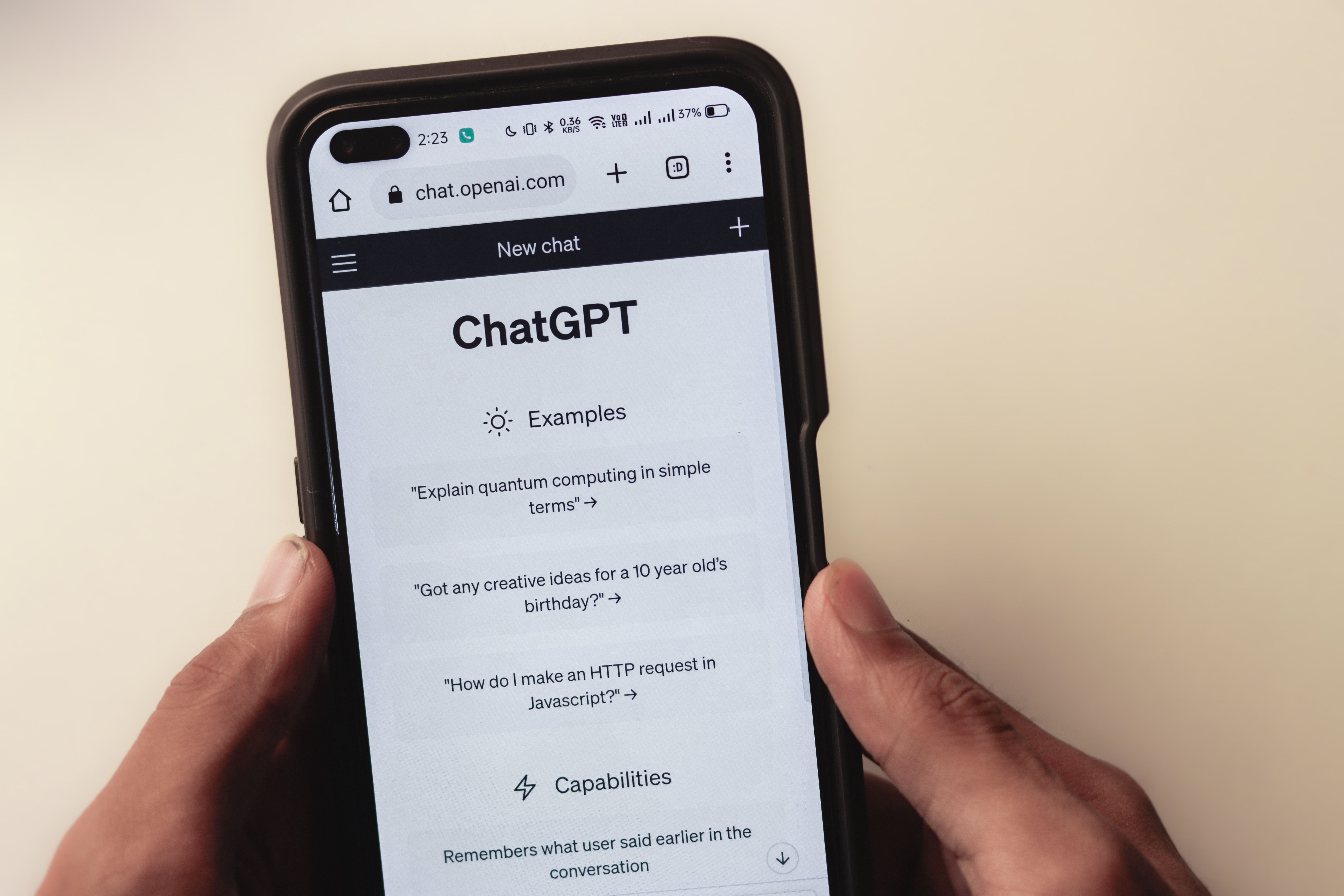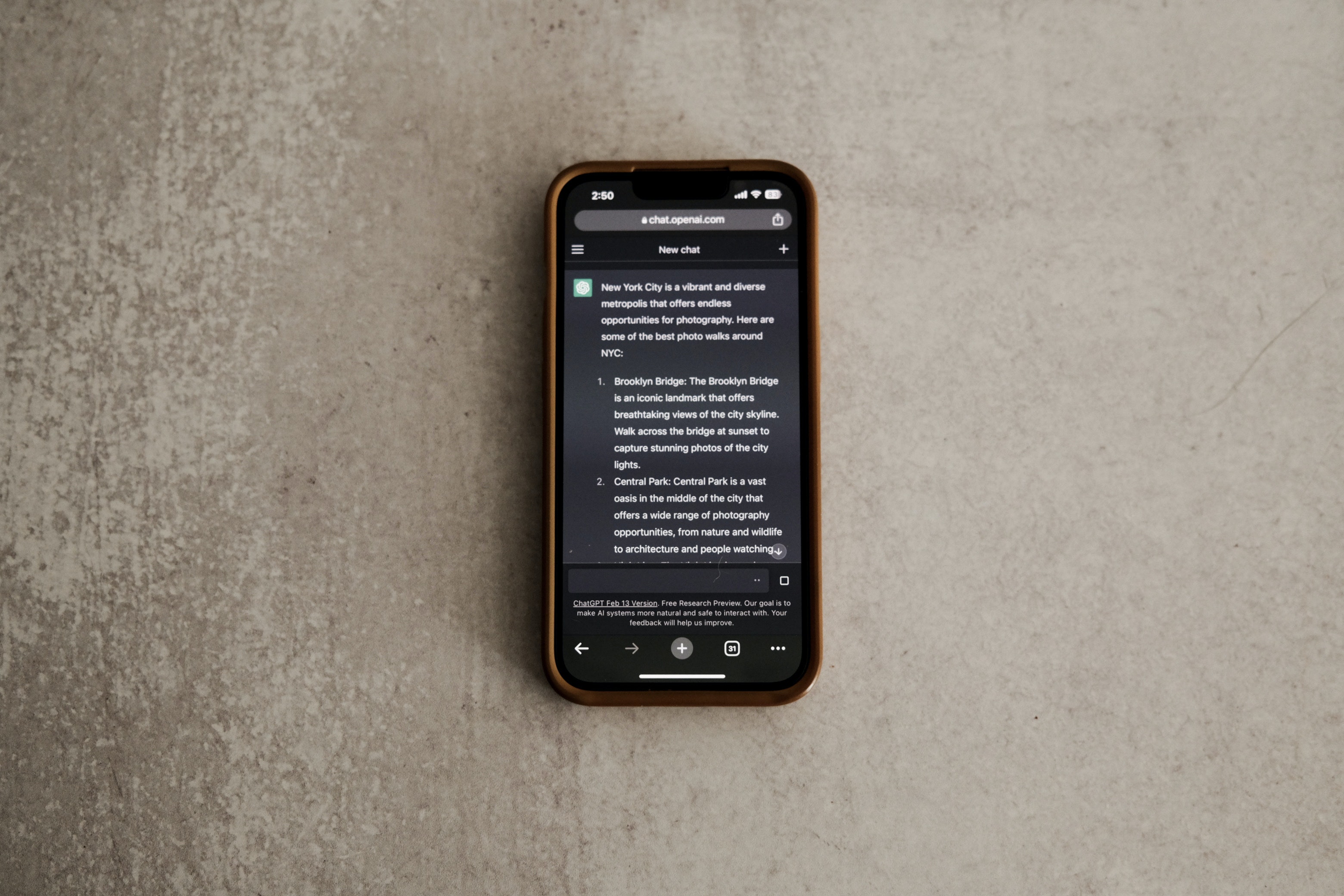

Hacking ChatGPT: Prompt Engineering Best Practices


Effective prompt engineering is essential when working with language models like ChatGPT. It involves crafting inputs in a way that guides the model to produce desired outputs. As ChatGPT expands its applications in various fields, it's essential to understand the intricacies of prompt engineering.
This article explores the best practices to ensure smooth and efficient interactions with ChatGPT.
Clarity is keyProvide a clear prompt to avoid irrelevant responses. For example, instead of saying, "Tell me about it," specify the subject, such as "Tell me about the history of the Eiffel Tower."
Try a role-based instruction
If you want ChatGPT to provide better responses, you can give it a specific role or persona to follow. For example, you can instruct it to behave like a social media manager or pretend to be a customer support agent. This will establish the context and tone for the generated content, resulting in more consistent and relevant responses.
Be explicit
If you have a particular format or structure for the answer, specify it in the prompt. For example, if you're looking for a list, you might say, "List the top five benefits of solar energy." This guides the model towards the desired output format.
Use iterative refinement
Feel free to refine your prompt based on the model's response. If the initial answer is unsatisfactory, rephrase or provide additional context. Iterative refinement helps in zeroing in on the desired output.
System instructions
With advanced versions of ChatGPT, you can use system-level instructions to guide the model's behaviour. For instance, you can instruct the model to "speak like Shakespeare" or "explain concepts in simple terms." This adds a layer of customisation to the responses.
Avoid leading questions
Leading questions can bias the model's response. For instance, asking, "Don't you think renewable energy is the best?" might yield a different answer than "What are the pros and cons of renewable energy?" Aim for neutrality unless a biased perspective is the intention.
Test and validate
Before deploying ChatGPT in a real-world application, test the prompts extensively. This helps understand the model's behaviour and refine prompts for optimal results. Validation with real users can also provide insights into how the model performs in diverse scenarios.
Stay updated
OpenAI frequently releases updates and research findings related to their models. Keep informed about the latest guidelines, recommendations, and features to optimise your ChatGPT experience.
Ethical considerations
Always consider the ethical implications of the prompts and the potential outputs. Avoid prompts that might lead to misinformation, biases, or harmful content. It's also a good practice to inform users that they are interacting with a machine-learning model.
Feedback loop
Incorporate a feedback mechanism, especially if ChatGPT is used in customer-facing applications. This allows users to report unsatisfactory or incorrect responses, providing valuable data to refine prompts and improve interactions.
Prompt Engineering for Marketers - A Primer

To illustrate the practical application of prompt engineering in a copywriting context, let's consider a scenario where a marketing agency uses ChatGPT to generate compelling product descriptions for an e-commerce website.
Scenario: Imagine the marketing agency is seeking to generate product descriptions for a new line of outdoor adventure gear, including hiking boots, backpacks, and camping tents.
Role-Based instruction: "You are a skilled copywriter assigned to craft compelling product descriptions. Assume the persona of an outdoor enthusiast who knows the ins and outs of adventure gear."
Initial prompt: "Write product descriptions for our outdoor gear products."
Issues: The initial prompt's broadness lacks specificity, potentially leading to generic descriptions that fail to spotlight the unique features of each product.
Refined prompt: "You are a skilled copywriter and an avid outdoor enthusiast assigned to craft compelling product descriptions. Create a vivid and engaging product description for our rugged hiking boots, emphasising durability and comfort."
Outcome: With the refined prompt and role-based instruction, ChatGPT produces a description that vividly communicates the hiking boots' durability, comfort, and suitability for outdoor enthusiasts.
Tone instruction: "Infuse the description with an adventurous and exploratory tone."
Refined Prompt with Instruction: "[System: Capture an adventurous and exploratory tone.] Embark on trail conquests with our rugged hiking boots! Engineered for unwavering durability and meticulously designed for unparalleled comfort, these boots stand as your unwavering allies on every outdoor escapade."
Outcome: Including a specific tone instruction results in ChatGPT spotlighting the product's features while capturing the excitement and allure of outdoor exploration, resulting in a more captivating description.
Feedback: Insight from user testing unveils that customers seek more information about the materials employed in the products.
Further refinement: "Provide an in-depth breakdown of the materials that grant our camping tents their lightweight nature and weather-resistant prowess."
Outcome: The refined prompt prompts ChatGPT to delve into the materials utilised in the camping tents, highlighting their lightweight attributes and capability to endure various weather conditions.
User engagement instruction: "Include a persuasive call to action that encourages customers to envision themselves using the product."
Refined prompt with instruction: "[System: Integrate a compelling call to action that ignites customer imagination.] Envision yourself beneath a star-studded sky, enveloped in snug protection within our weather-resistant camping tents. Your next adventure beckons!"
Outcome: ChatGPT adeptly describes the product while enticing customers to picture themselves enjoying the camping tents, fostering a more profound emotional connection.
The marketing agency has successfully customised ChatGPT's responses to match their copywriting objectives by improving prompts and including precise instructions. This iterative process of enhancing prompts according to feedback and desired outcomes enables businesses to produce compelling, captivating, and customer-focused content that appeals to their intended audience.
Prompt engineering is both an art and a science. While the above best practices provide a foundation, the nuances of each application require unique strategies. Like any other technology, continuous learning, testing, and refinement are the keys to success. With careful prompt engineering, ChatGPT can be a powerful tool for various applications, from customer support to content creation.
More insights